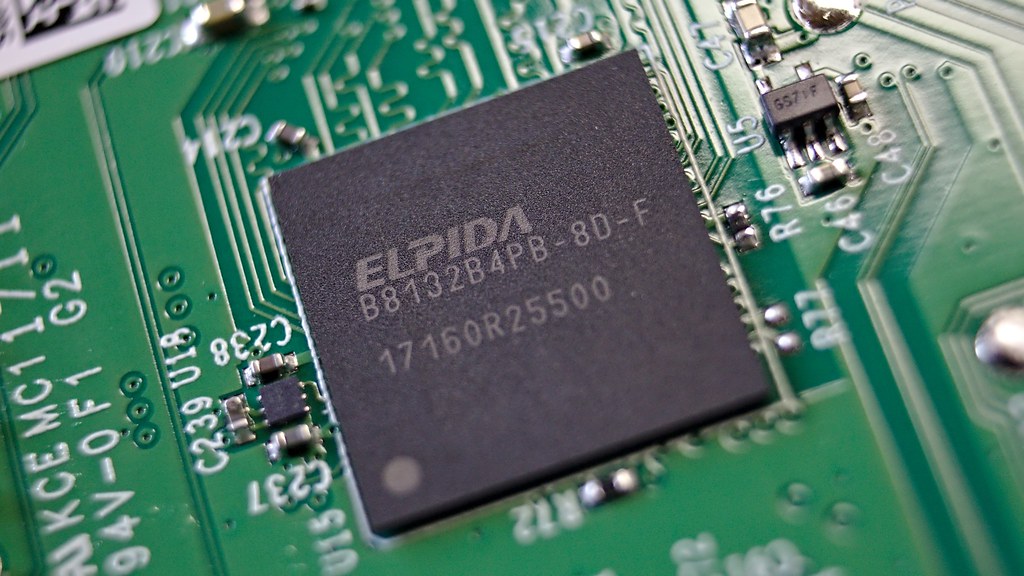

With a 1.10mm seating plane, Molex’s soon-to-be-released ultra-low-profile DDR4 DIMM socket maximizes vertical space and power savings for ATCA* blade systems and other networking devices requiring high-speed, high-density memory modules. The Press-fit DDR4 DIMM socket offers benefits of lower cost of operation (clean, solderless process) elimination of added heat-cycle that can cause stress to the PCB or degrade electronic components ease-of application and connection-failure traceability, rework and termination quality inspection repair capability and more. These include *UDIMMs, RDIMMs and LRDIMMs. Additionally, DDR4 features key capabilities that support up to three unique module variations across all DIMM form factors. Reduced yield losses during assembly processes increase customer cost savings. The use of less moisture-sensitive, high-temperature housing material minimizes the incidence of blistering on the connector housing and enables the sockets to withstand high IR or reflow processing temperatures. However, it is significant enough to warrant an upgrade for PC enthusiasts and gamers who need every last bit of power they can get to run their games at max settings without lag or slowdown.Molex’s DDR4 DIMM sockets feature high dimensional stability and excellent compatibility in lead-free and halogen-free technologies. The performance gains between the two types of RAM are not dramatic. These include better-overclocking ability and more headroom for future upgrades. There are also a variety of benefits that come with having a higher frequency memory. The main benefits of upgrading from DDR3 to DDR4 RAM are – better performance, improved power management, and lower power consumption. The benefits of upgrading from DDR3 to DDR4 RAM are the following: The Benefits of Upgrading from DDR3 to DDR4 RAM

The cost of DDR4 is more expensive than that of DDR3. DDR4 can be any size, including unlimited.

DDR4 memory runs at 2133MHz compared to the 933MHz of DDR3.Low latency is important because it can affect things such as Internet gaming performance or graphics processing efficiency during video editing operations. The DDR4 RAM has a latency of only 15 nanoseconds and takes 13 nanoseconds to access data.


 0 kommentar(er)
0 kommentar(er)
